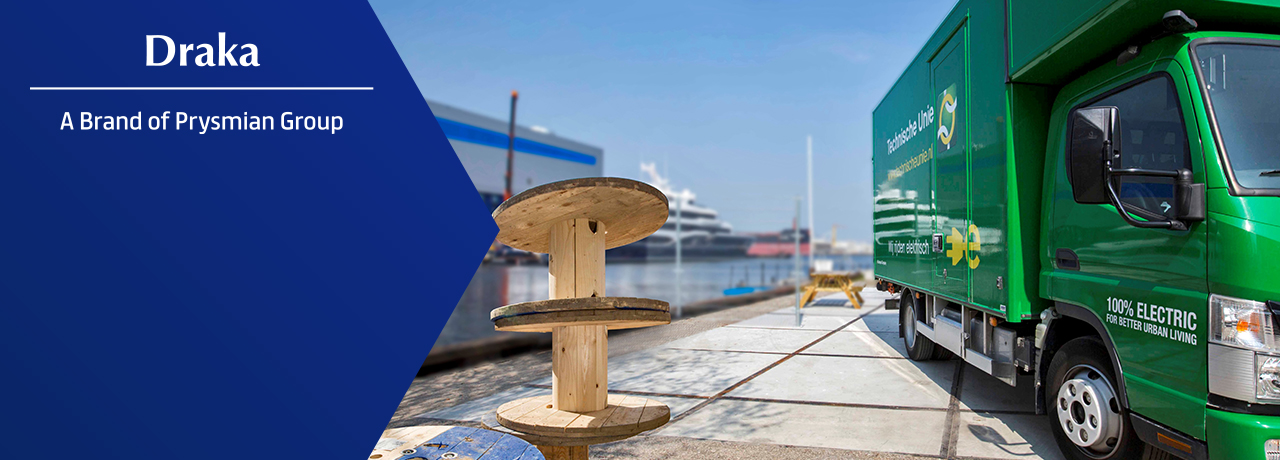Draka and Technische Unie trace reels with blockchain technology
The chance that empty reels will be returned will become much greater. From the end of 2021, Draka and Technische Unie will register their shipments and receipts of reels via a digital management system from RTI Blockchain.
The pilot should help to use reels more efficiently and to continue to guarantee their availability for customers. Only a small part of the thousands of reels that Draka puts into circulation each year is returned. Where do the reels go? How often are they used? These are the kinds of questions that Draka and Technische Unie are actively working on. Cable reels are not a primary flow of goods and are currently not administered or monitored separately. That will change.
Cost savings
The lack of registration of the packaging flow costs money. For example, Draka does not charge customers packaging costs, at least not yet. If the return percentages do not increase drastically, Draka will still have to pass on those costs, says business manager wholesale Frank Oberink.
“By improving the returns process, we can keep the cost price in balance”.
Sustainability
Sustainability is also a major driver for curbing the waste of reels. Reels are ‘reusable load carriers’ with a high residual value. The fact that many reels (probably) end up in the waste prematurely is therefore not in line with the pursuit of a circular economy. That is why Draka and Technische Unie, which also participates in the Reel Return Service that Draka introduced last year, are now taking the next step, using blockchain technology.
Administrative hygiene
The order administrations of Draka and Technische Unie are linked to each other via the RTI Blockchain B.V. dashboard. Every transport movement of a reel is registered there (anonymously) (number, type, date, start and destination location) and the data is accessible to both. Any differences are immediately fed back and corrected. “By being closer to the transfer, we can immediately correct any administrative differences,” explains Bart Schoonderwoerd, senior vice president logistics at Technische Unie. “In fact, transparency and administrative hygiene are increasing,” adds co-founder Yves du Bois of RTI Blockchain, based on experience in other sectors.
“This is our first application in the construction and installation sector, but logistics processes do not differ per sector,” agrees co-founder Milou Klooster.
On the growth
Initially, the pilot is limited to the blue, recyclable reels that shuttle between Draka and Technische Unie (distribution centre and several transhipment centres). Once the participants are familiar with the system and these logistical movements are clear, they can better coordinate the flow and refine and expand the application. Think of identifying reels (scanning QR codes of reels via the mobile app), linking cash flows and adding reels and participants.
100 Percent return
The collaboration between Draka, Technische Unie and RTI Blockchain helps to track and manage the transport flow of reels. “With the pilot, we want to gain insight into how we can control the packaging flow, also for our pallets and green containers, with multiple parties in the chain,” says Schoonderwoerd, who hopes to make the administration of the packaging flow an integral part of the primary process one day. Draka expects that this pilot will already yield concrete instruments to better coordinate the logistics chain. “We want to guarantee the availability of reels where the need is greatest,” says Oberink, who has set himself the ultimate goal of ‘a return rate of one hundred percent’.



